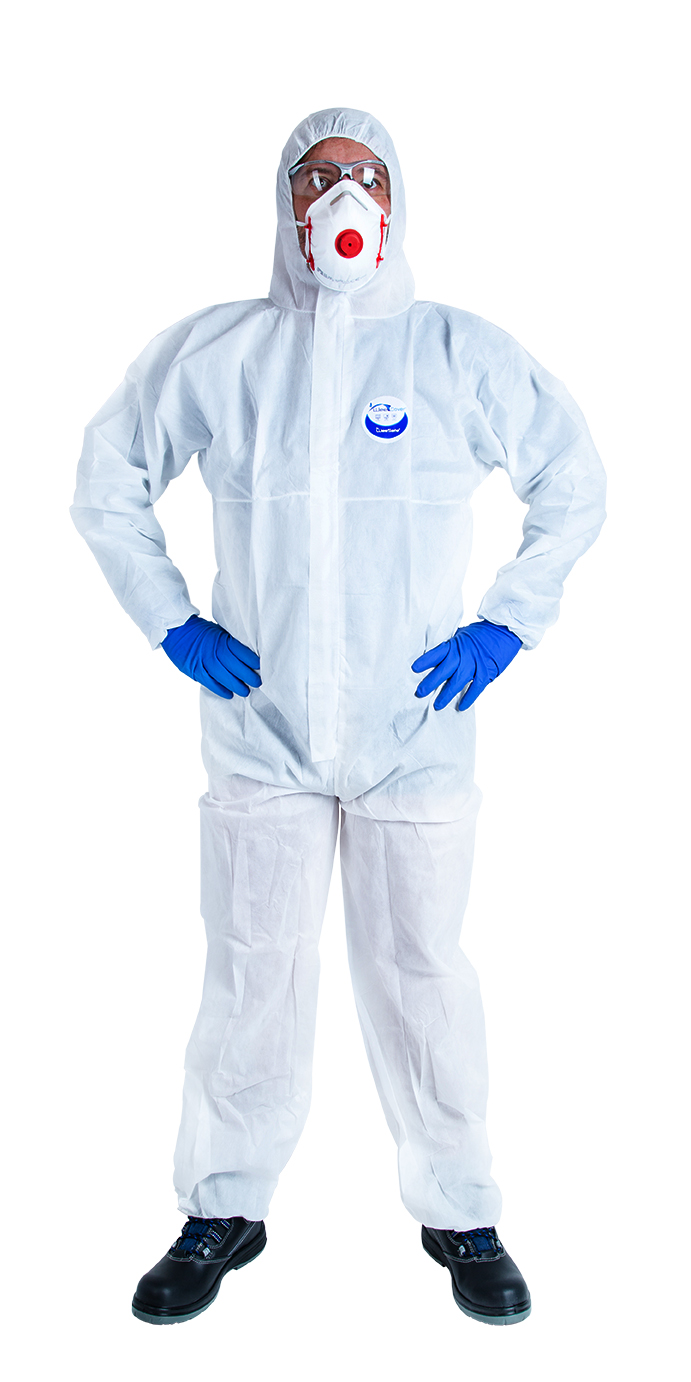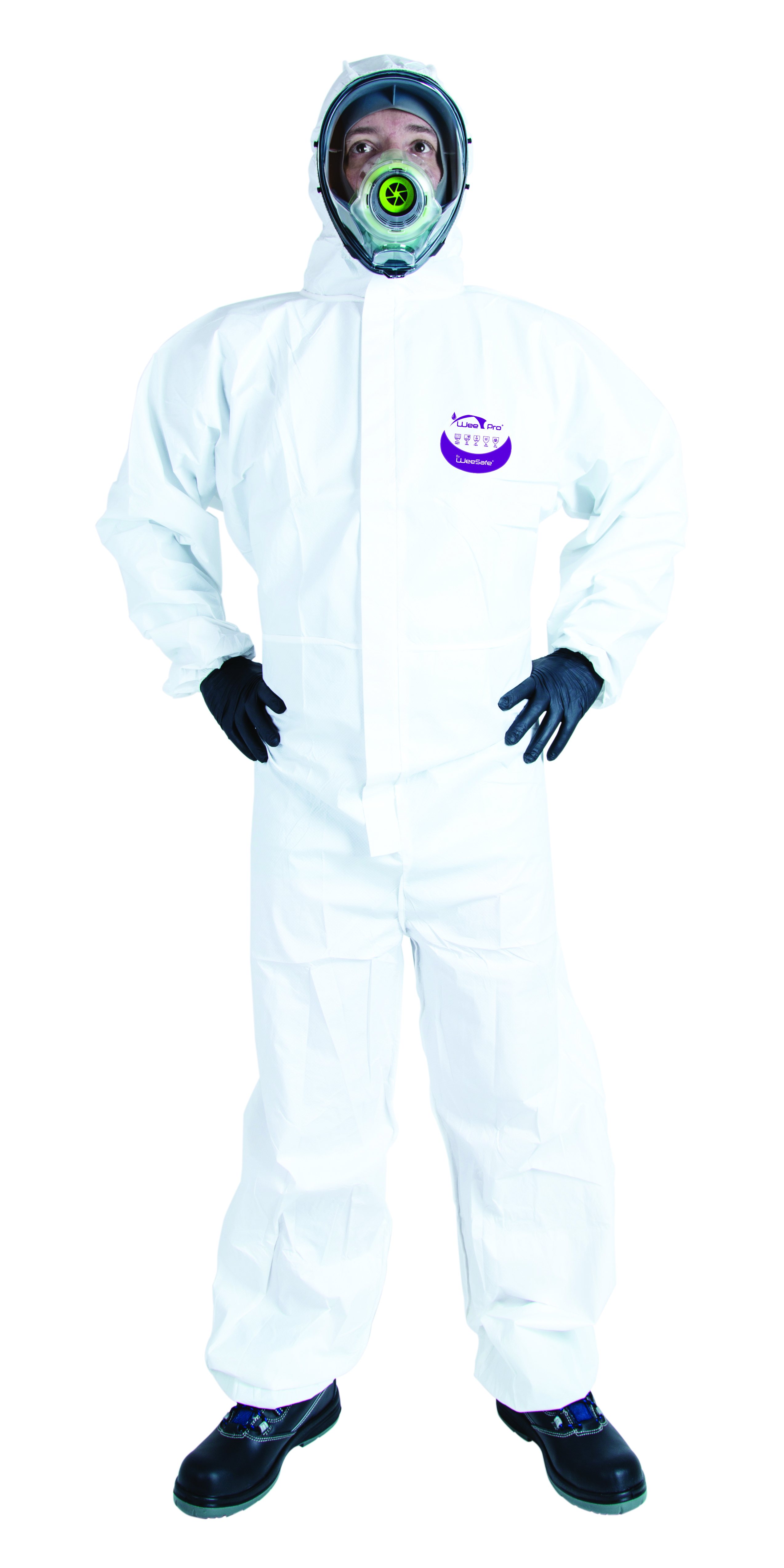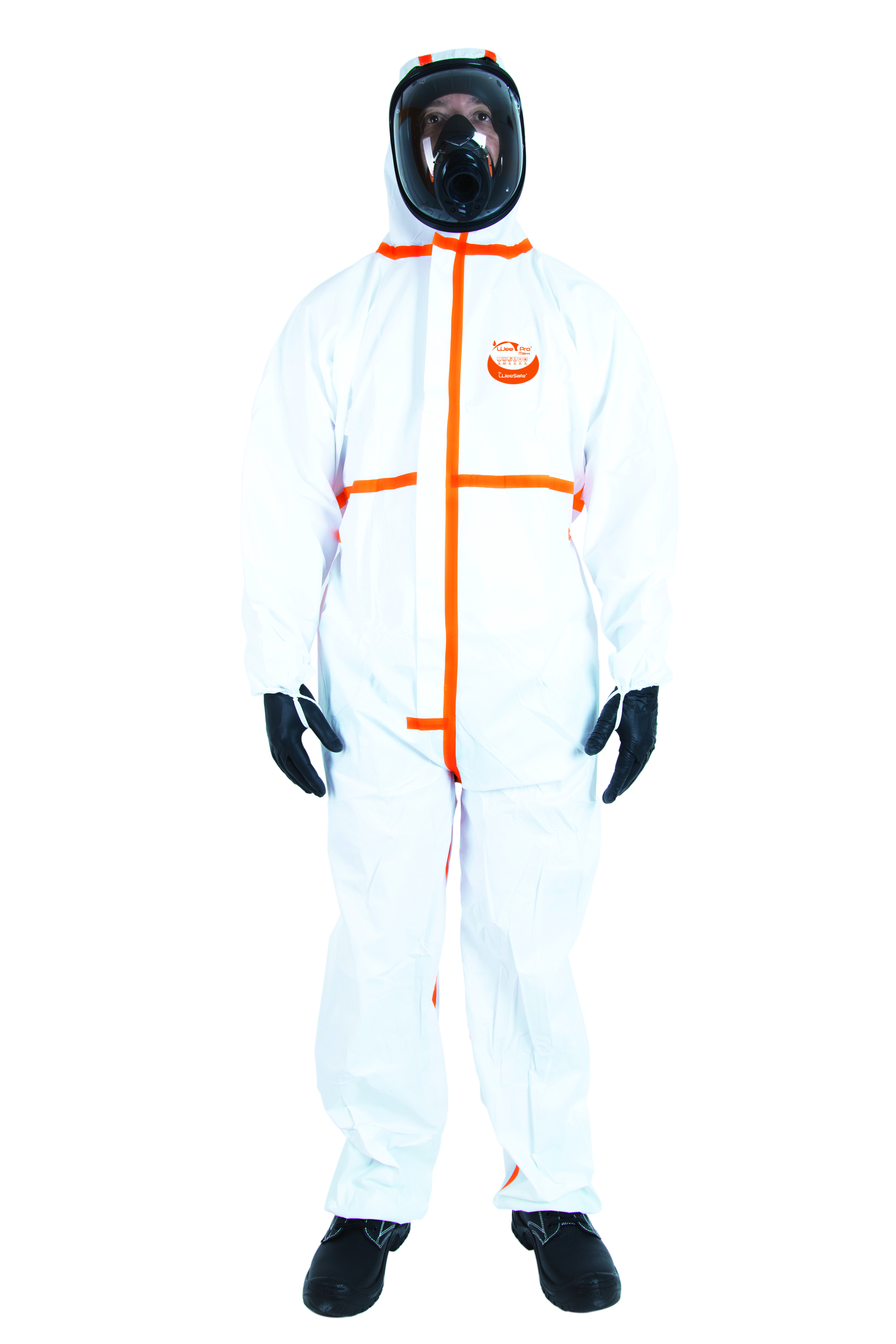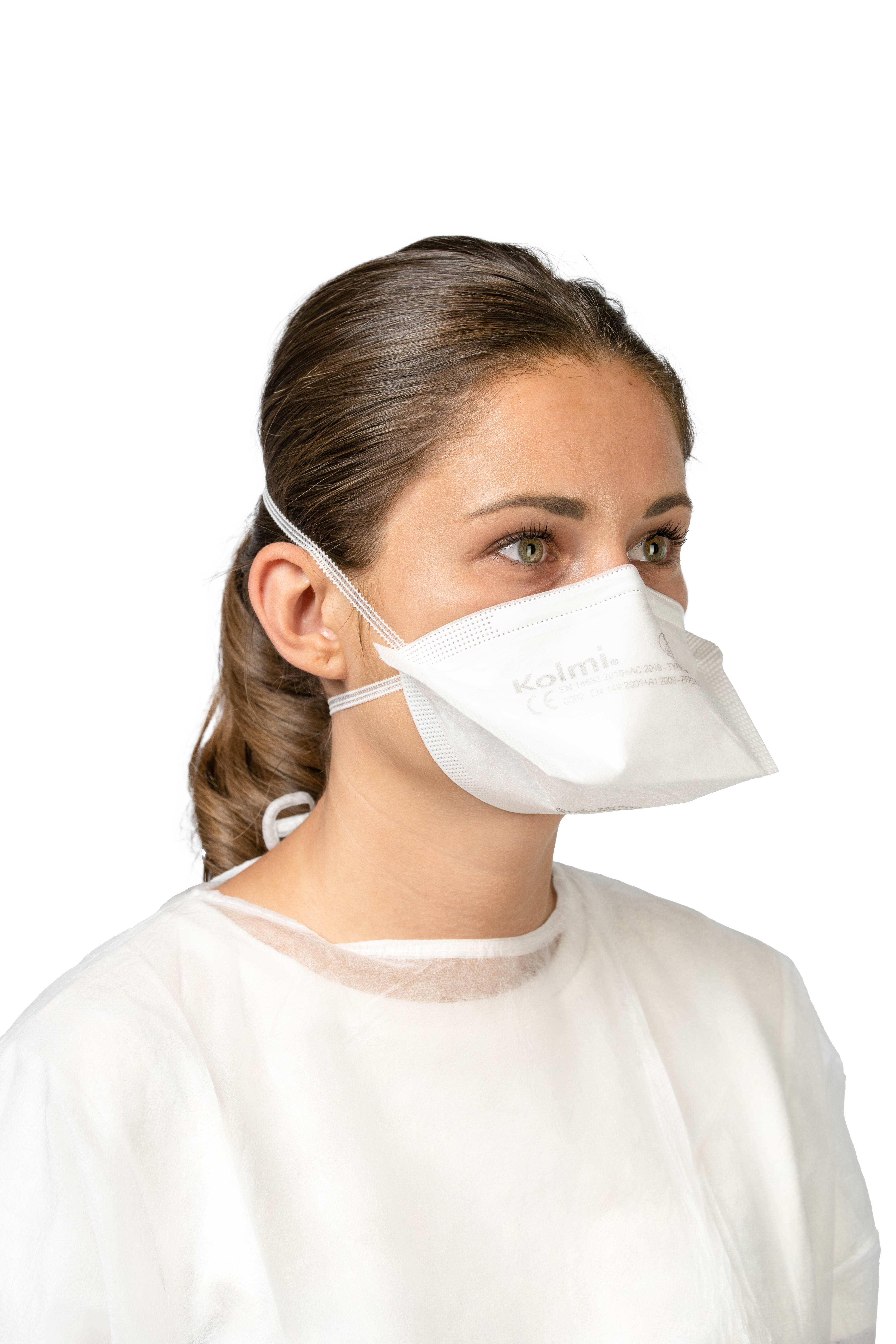Protective equipment for the building trade
The building and public works (BTP) industry is a high-risk environment where accidents are frequent. The dangers on construction sites require appropriate protection to guarantee workers' safety, making the wearing of personal protective equipment (PPE) essential. In some cases, standards make the wearing of PPE compulsory.
The main risks on building sites
- Falls from height: work on scaffolding and roofs, falling objects.
- Mechanical risks: use of power tools and heavy machinery, crushing and cuts.
- Chemical risks: exposure to hazardous substances such as asbestos and solvents, inhalation of noxious dusts.
- Electrical risks: contact with live equipment, use of faulty equipment.
- Working environment: excessive noise, vibration from tools.
Legal obligations
According to Article L 4121-1 of the French Labour Code, employers are obliged to take the necessary measures to ensure the health and safety of workers:
- Prevention : risk assessment, prevention of psychosocial risks, adaptation of workstations, etc.
- Implementation of information and trainingmeasures
- Organisation and use of appropriate resources: appropriate equipment, removal of hazardous substances (such as asbestos and chemicals), etc.
- Risk assessment: the findings are documented in the DUERP (Single Occupational Risk Assessment Document).
What PPE should you choose?
To prevent risks in the building and public works sector, it is crucial to use appropriate PPE.
This generally includes a safety helmet to protect against impacts and falling objects, a respirator to protect against dust, abrasion- and chemical-resistant gloves, goggles to protect against splashing particles, and hard-wearing, comfortable protective suits to provide protection against a variety of environmental conditions.
Coveralls
Protective suits are essential for construction workers, especially those exposed to chemicals, dangerous particles or harsh environmental conditions. They provide an effective barrier against direct contact with harmful substances, reducing the risk of skin irritation and occupational illness. Construction and civil engineering trades where coveralls are particularly important include asbestos removers, industrial painters, insulation workers and those handling construction chemicals.
Respiratory protection masks
Respirators are essential for filtering dust and fine particles to protect the respiratory tract. They are particularly important when demolishing, sanding or handling materials likely to release harmful fibres or dusts, ensuring better quality of the air breathed and protecting workers' health.
Sites helmets
Hard hats are an essential piece of personal protective equipment on construction sites. They protect workers' heads against falling objects, collisions with structures and falls from heights. In many cases, this category of PPE is compulsory.
In the event of an accident, a helmet can make the difference between a minor injury and a serious or even fatal one. The systematic wearing of a site helmet is therefore crucial to ensuring the safety and protection of everyone working on site.
Protective eyewear
Wearing protective eyewear on a worksite is crucial to prevent eye injuries caused by splinters of materials, dust and splashes of chemical liquids. The eyes are particularly vulnerable to accidents, and proper protection can prevent permanent damage. Goggles not only ensure visual safety, but also improve visibility in the workplace by preventing the penetration of annoying particles.
Gloves
Protective gloves play a vital role on a worksite, protecting workers' hands from a range of hazards such as cuts, knocks, burns and slipping.
When handling sharp tools, heavy materials or chemical substances, workers are constantly exposed to danger. Wearing the right gloves can significantly reduce accidents and injuries, while providing a better grip and greater comfort. They are essential for safe and efficient operations on a worksite.
Protective footwear
Safety footwear is essential to protect workers' feet against the risks of cuts, knocks, punctures and slipping. On a construction site, dangers can arise from falling heavy objects, exposure to slippery surfaces or sharp materials, and unpredictable surroundings. Safety footwear offers enhanced protection thanks to its steel or composite toecaps and non-slip soles, enabling workers to move around safely and confidently.







